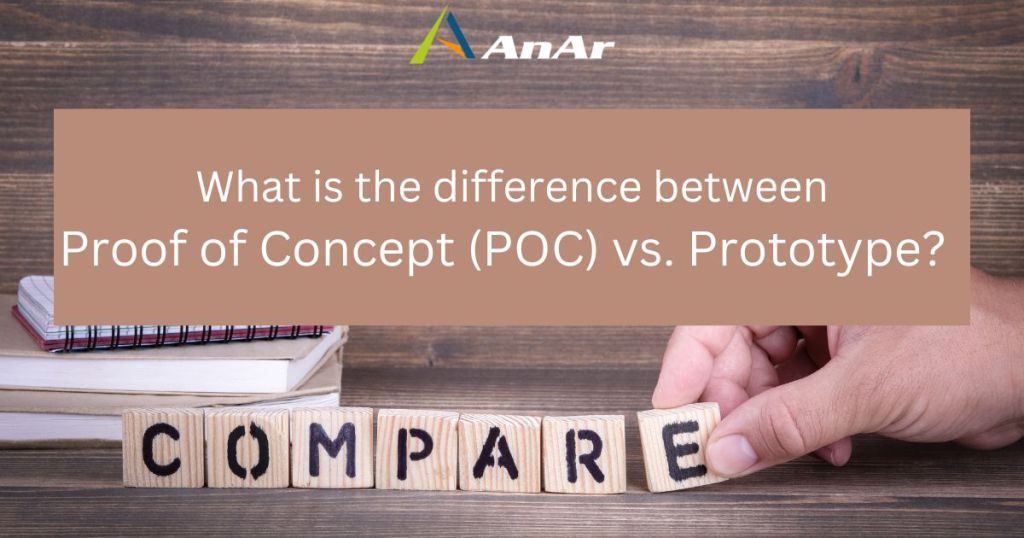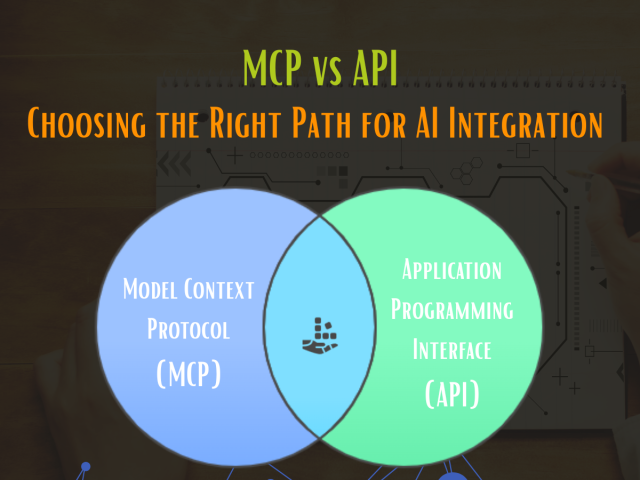Proof of Concept vs. Prototype – Introduction
Before starting any product development project, it’s crucial to have some proof that the idea we’re working on is actually marketable. Otherwise, we’ll just be spinning our wheels and wasting time and resources. To demonstrate that a company idea or initiative has a solid foundation, you require proof of concept (POC).
So, what is a proof of concept, anyway? Though it is not a prototype or a minimal viable product, it has a similar tone.
In this article, we’ll first understand the concepts of Proof of Concept (POC) and a prototype then we’ll discuss how proof of work differs from a prototype.
What is a Proof of Concept?
A proof of concept (POC) is an experiment where the primary goal is to check if an idea can be worked & realized on the ground. Here the intention is to assess an idea’s viability or confirm that it will work without wasting resources in developing an actual test product.
It also goes by the name proof of principle at times.
A proof of concept is not for testing if the idea will find a market or choose the most effective manufacturing method. Instead, it focuses on determining whether that idea is workable, offering individuals associated with the proof of concept exercise the chance to investigate if an idea has the potential for development or construction.
For instance, a proof of concept in software development would demonstrate whether an idea is technically possible. In the startup ecosystem, a proof of concept comes handy to check or to prove in front of investors whether an idea can reap good profitability or not.
Creating a proof of concept typically takes valuable team resources like time commitment and assessment of supporting technologies or essential physical components. However, through this process, businesses may ascertain whether an idea is viable before devoting production-level resources to an unproven concept.
What is the value of proof of concept in product development?
Proof of Concept (POC) provides value to an established organization in the following ways-
- A Proof of Concept test is essential for developing a new idea.
- It saves valuable resources by assisting in the early recognition of potential technical and logistical concerns.
- While a software development team is seeking answers to technical faults, project management might spot gaps in processes that could hinder progress.
- While lowering unnecessary risk and exposure and giving stakeholders the chance to evaluate design decisions early in the development cycle, it also assists an organization in getting internal input on a good product or service.
- The team can then leverage a successful proof of concept to persuade managers, investors, or stakeholders that the idea is worthwhile.
When you wish to improve current solutions, add a new feature to your product, or employ third-party software for your project, proof of concept is also a viable option.
How to write a successful Proof of Concept (POC)?
A proof of concept is a project, and all projects must have clear goals. Even though there is no set procedure for writing a proof of concept, you can still use project management principles to divide the POC process into actionable steps. This will help you and your team better understand the POC objectives and deliverables.
Below is an outline of the steps involved in writing a successful Proof of Concept (POC):
Step 1 — Define a Criteria of Success
To measure the feasibility of your proof of concept with accuracy, you need to establish a set of metrics or success criteria.
Customer happiness is a key factor in determining the success of the proof of concept, so start by talking to them and setting the standards for your POC process. This will help ensure that your team is on the right track and working towards a successful outcome.
Step 2— Estimate the Duration & Effort required
A POC is essentially a test project to see if an idea is feasible and will help you determine whether or not to move forward. Based on POC outcomes, you’ll be able to make a more informed decision about whether or not to pursue the project. The POC should have a timeline as well as a budget allocated to it so that you can track progress and milestones.
Step 3— Define the Scope
Before you begin working on your POC development, it’s important to first define the project’s scope. What you hope to accomplish and measure during the POC pilot will depend on how you define the scope. So, take some time to think about what you want to achieve with your POC and what kind of metrics you’ll need to use to gauge its success. Once you clearly understand the project’s scope, you can begin working on your POC development with confidence.
Step 4—Picking up appropriate resources.
The planning procedure is just as crucial as the person you hire to carry out the proof of concept pilot project. Make sure they possess the necessary abilities to do the task entirely.
What is a prototype in software development?
A prototype aims to convert an idea into a scaled-down version of the final product that can be tested and assessed for usability, functionality, and design.
A prototype does not necessarily have all the attributes of a finished product, including usability and aesthetics, nor is it expected to have all the features and functions of a market-ready product. It presents a possible final product to stakeholders and potential investors.
The Difference between Proof of Concept vs. Prototype
The terms “proof of concept” and “prototype,” which have distinct differences, are commonly used interchangeably but are usually seen together.
Products and projects fall into these categories at various stages of an initiative’s lifecycle, and they must undergo this transition if technology implementation has to be effective.
Let’s understand these differences in terms of implementation:
The difference in terms of Can vs. How?
A Proof of Concept (POC) is a quick activity that verifies a design hypothesis. The main goal of creating a POC is to show the functionality and confirm an idea or a concept has the potential to be realized during development.
Prototyping is an incredibly valuable activity for innovators as it allows them to see how their product will work before it’s completed. It’s like a test run for the product and provides insight into the design, layout, and navigation. This is especially important for more complex products so that potential problems can be ironed out before the product is launched.
With the help of a proof of concept, you can decide whether you can realize a new idea not, and with a prototype, you can figure out how to bring it to reality.
The difference in terms of Viability vs. Usability
The primary use of POC is to check the viability of a single or group of concepts before these ideas get integrated into other systems. When developing a proof of concept, we do not even consider its usability in the real world because realizing those ideas by implementing them with technology takes a lot of time and may make it harder to judge whether the basic idea is viable. By doing this exercise, you’ll be able to understand what features to include in the product before development begins.
A prototype is the first working model of something that can be used in the real world. Identifying flaws and roadblocks during prototyping is essential to creating a successful product. By identifying these issues early on, you can avoid potential problems down the line and create a more polished final product.
A prototype includes practically all of the functionalities of the finished product, although it is usually not as efficient, artistically crafted, or long-lasting.
The difference in terms of Feasibility vs. Desirability
The proof of concept approach enables team members to share internal expertise, investigate cutting-edge technology, and provide a client with a proof of concept for their product.
The POC developer starts by researching and then working on the feature to show that it can be developed. Once this is verified, the POC is enhanced to create an integrated functional model that will serve as a preview of the finished product. Following that, it can be utilized internally by the development teams to exchange knowledge and foster creativity.
A quick and efficient way to bring a client’s ideas to life is through prototyping. It also provides a sample for future customers so that they can assess, test, and provide feedback on to improve it. This method aids in documenting and gives the team a more precise idea of how long it will take to finish the task. Making a prototype also allows creators to decide how best to refine the concept before going into production to create a finished, market-ready product.
(Proof of concept vs. Prototype) key differences
POC – Proof of Concept
- Theoretical demonstration of product/process/concept.
- Determines if you can realize an idea or not.
- Test whether an idea is viable and explore the idea’s potential to be developed or built.
- Verify that an idea will function as envisioned.
- Identify potential technical and logistical issues that might interfere with success.
- Addresses how the proposed product or service will support organizational goals
Prototype
- A very early draft of product/process/concept.
- It is a medium to turn a POC idea into a slimmed-down version of the end product that you can test for usability, functionality, and design.
- A prototype does not have to have all the features and functionalities of a market-ready product.
- A prototype gives stakeholders and potential investors a draft of what a final product might be.
- A prototype allows makers to determine how best to develop the product when it moves into production for a market-ready item.
Final Wrap-up
In conclusion, a prototype is an early, unfinished version of the finished product. On the other hand, a proof of concept demonstrates that the product can be built and is technically feasible. However, your customers’ opinions and feedback are what will ultimately determine whether the product is successful or not.







